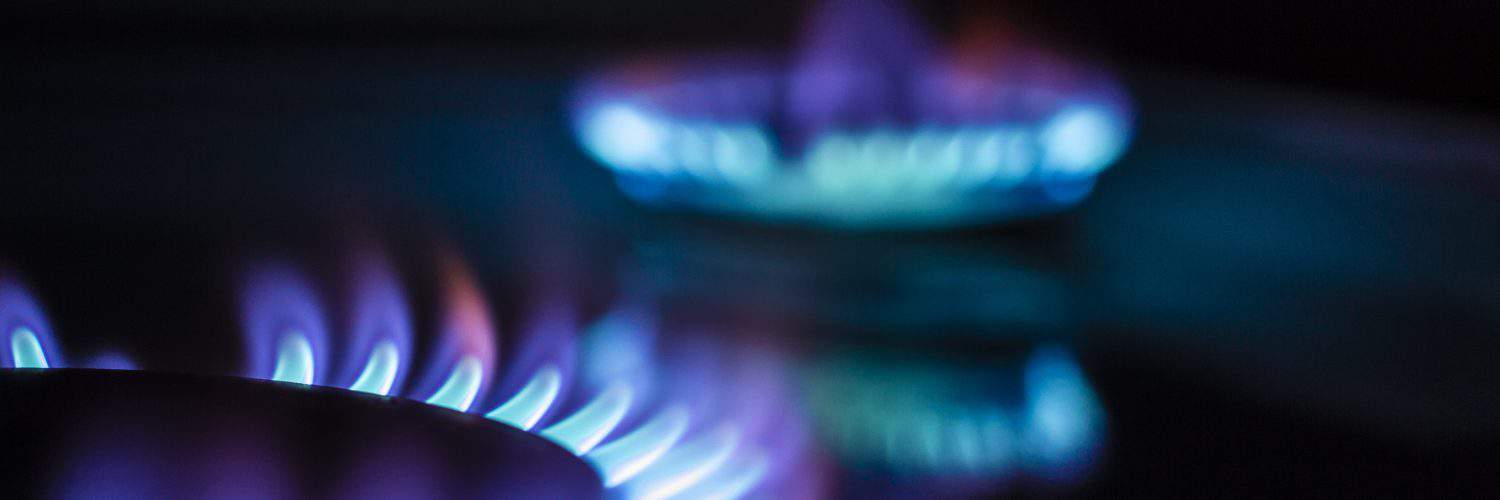Henry Hub natural gas futures for April are trading at US$2.73/MMBtu as of 1:00pm EDT Thursday afternoon. The volatility continues, as prompt-month prices increased to US$2.839/MMBtu at Tuesday’s close before pulling back again. While natural gas production has rebounded after the recent well freeze-offs, weather forecasts continue to be a wild card and US demand is forecasted to fall 2.9 Bcf/d to average 101.2 Bcf/d for the week ending March 5th. The EIA estimated working gas storage was 1,845 Bcf for the week ending February 26th, 2021, following a withdrawal of 98 Bcf. This bearish report came in lower than market expectations of 128-136 Bcf, putting downward pressure on prices this afternoon. Storage levels are now 13.1% below year-ago levels and, relative to the 5-year average, 8.8% less.
In Canada, the AECO 5A index settled at an average price of C$3.77/GJ in February, up 45% from January, while the Dawn Next Day index settled at C$4.67/GJ, up 54% from January’s average. Prices spiked significantly mid-month due to high demand brought on by extremely cold temperatures, with daily prices returning to seasonal norms once the cold snap subsided. Prompt-month futures for AECO are trading at C$2.76/GJ, while Dawn is trading at C$3.25/GJ. Prices continue to track downward with week-over-week decreases of $0.07/GJ and $0.03/GJ at AECO and Dawn, respectively. Canadian natural gas storage for the week ending February 26th, 2021 was sitting at 356 Bcf, after an overall withdrawal of 27 Bcf. This withdrawal decreases storage inventories to 48 Bcf below the 5-year average, while remaining 13 Bcf above storage levels last year at this time.
Since February 18th, we’ve been seeing Henry Hub forwards through to March 2022 decline in price as a result of longer term weather outlooks. Looking at the weather projections for all of North America for March through May (red = warmer than seasonal; blue = cooler than seasonal), we are literally looking at two predominantly red maps for the next three months. One map of Canada, published by the GOC on Feb 28, shows that all of Canada is red, except a blue patch that covers BC’s west coast north of Nanaimo all the way up to Yukon and the western part of NWT, down to the top of Alberta, and a white (neutral) band from southern BC to northern Quebec. The lower half of Canada, the Maritimes swooping up through northern Nunavut is red. Similarly, on February 18th, the NOAA published that virtually all of the US will experience warmer than seasonal temperatures for the same timeframe. Sadly, the drought in the western United States is predicted to persist.
In other news, on April 1st, 2021, the federal carbon tax will increase from $30 to $40 per tonne. The carbon charge for natural gas will increase to 7.83 cents per cubic meter, up from the previous rate of 5.87 cents per cubic meter. The rate is set by the Government of Canada and is part of a multi-year plan. Each year, on April 1st, the charge will increase by $0.0196 per cubic meter up to $0.0979 per cubic meter on April 1st, 2022.
– Karyn Morrison, Energy Advisor / Grace Wilton, Senior Energy Advisor








Add comment